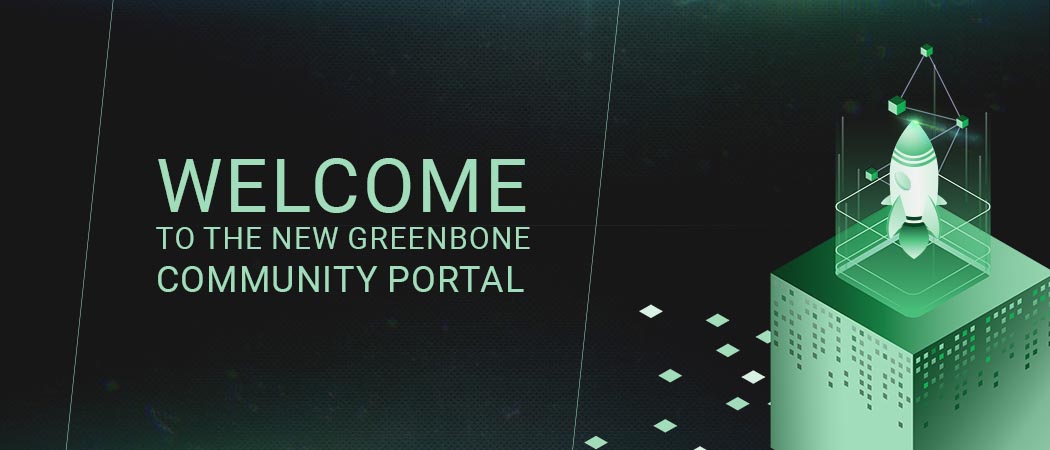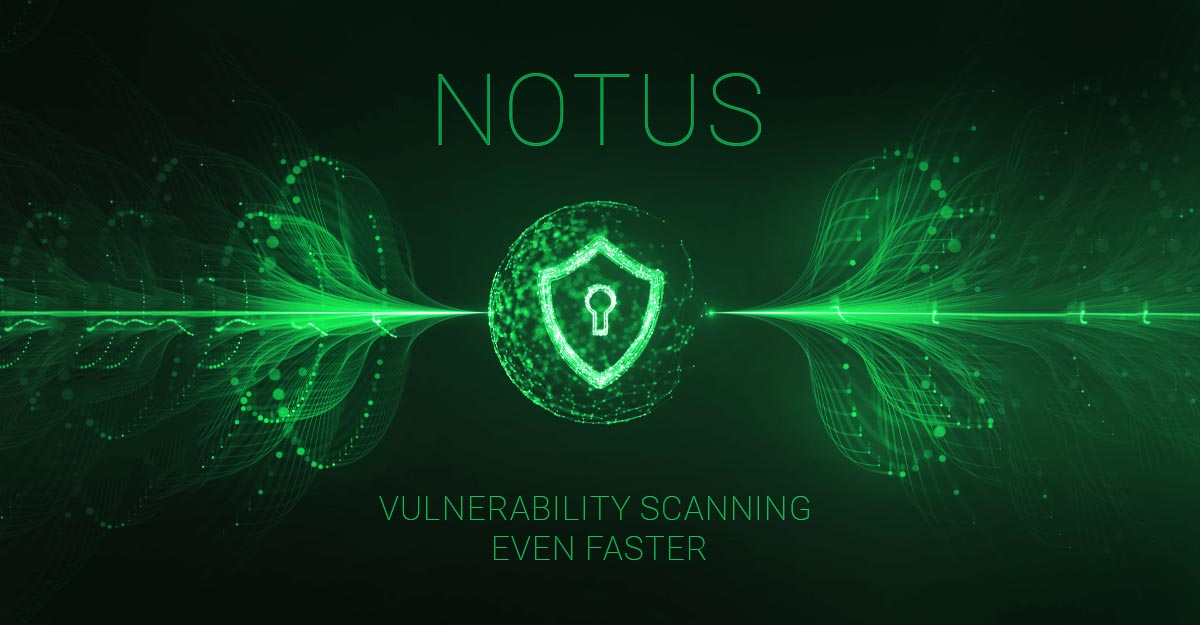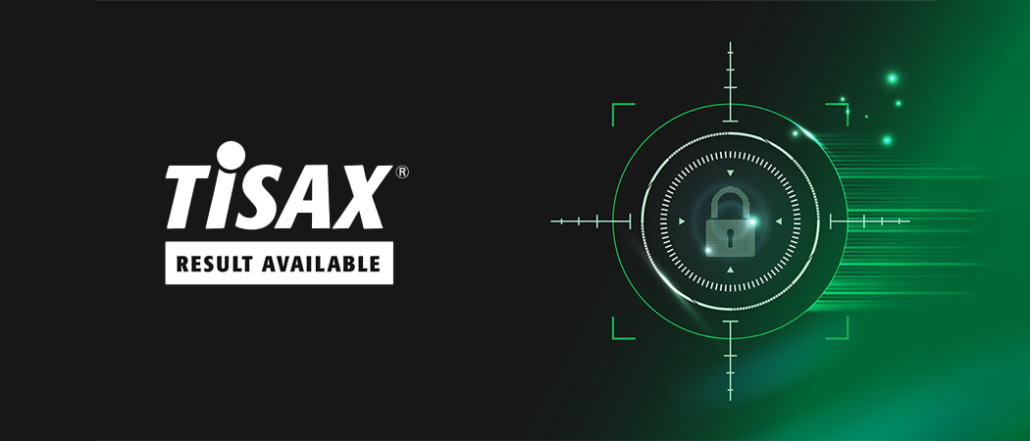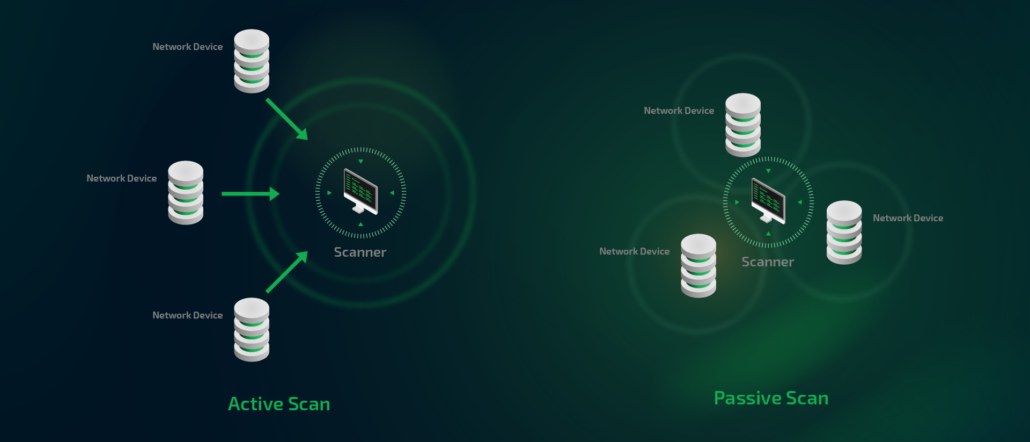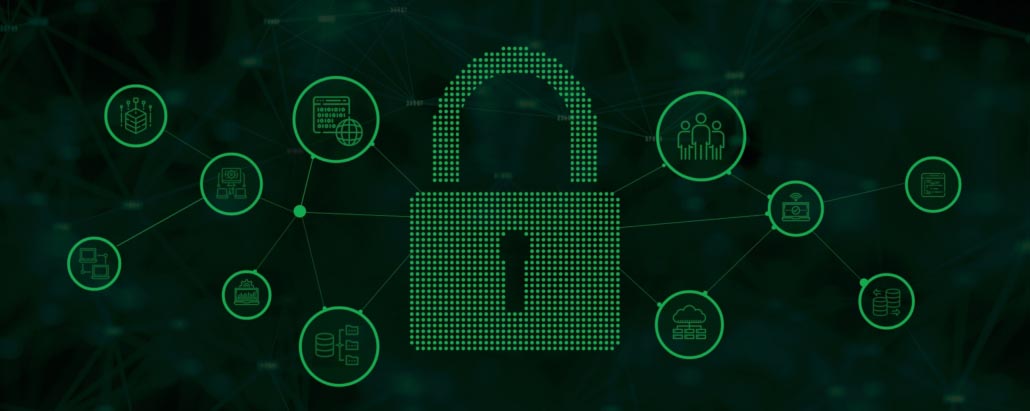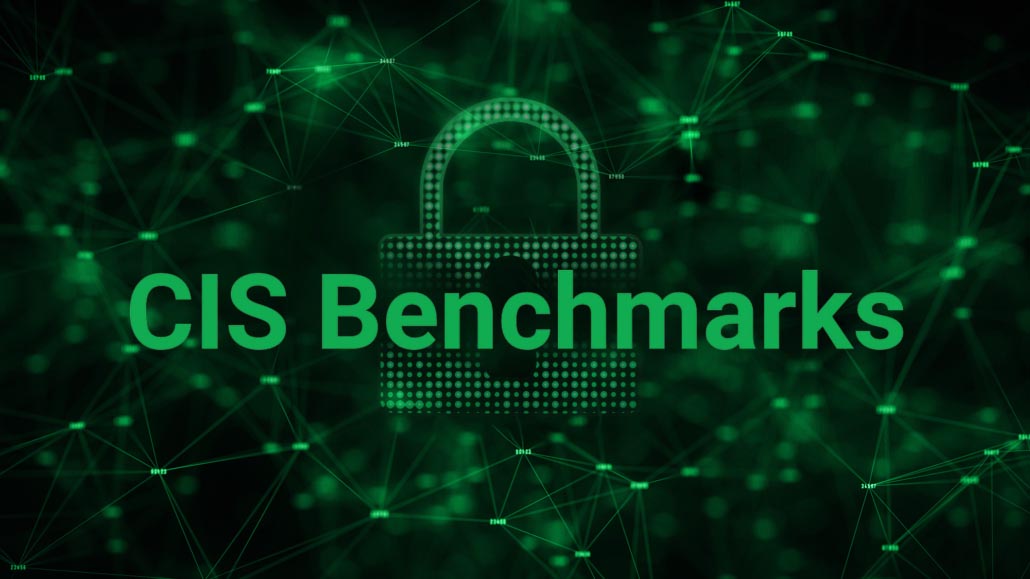For almost two years, Greenbone has been adding more and more tests from the recommendations of the Center for Internet Security (CIS) in its security feed. Among the newest ones are benchmarks for the container management solution Docker.
Docker is one of the most common container technologies in enterprise environments. Its increasing popularity within DevOps circles, ease-of-use and flexibility made it popular among developers and DevOPS. Therefore, the CIS is providing benchmark tests for configuration compliance in Docker environments which are „intended for system and application administrators, security specialists, auditors, help desk, and platform deployment personnel who plan to develop, deploy, assess, or secure solutions that incorporate Docker“ – and Greenbone is happy to integrate these tests in its vulnerability management products.

Testing Docker environments for Vulnerabilities
The CIS benchmarks (more than 140 as of 2023) contain guidance on best practices for configuring IT systems, networks, and software. They are created together with developers, subject matter experts and companies in enterprise Docker environments and have become the reference for compliance testing regarding cybersecurity. The CIS benchmarks come in seven groups, (Operating System, Server Software, Cloud Provider Benchmarks, Mobile Device, Network Device, Desktop Software, Multi-Function Print Device), of which the Docker tests reside in the Server section. Greenbone has been supporting Docker for a while, continuously updating the tests.
Greenbone has been supporting CIS benchmarks for years
Since 2021, Greenbone has been integrating and continuously expanding CIS benchmarks in its products – now integrating the docker compliance benchmarks for Docker systems newer than Docker 1.4. All tests are combined by Greenbone into scan configurations and added to the Greenbone Enterprise Feed. The Greenbone product will run the set of tests on a target system, checking configuration and other settings, for example file permissions. Having done so, it returns a report with mitigation strategies to the administrator who can then adapt his systems to the recommendations for security compliance.
Certified by CIS
As a member CIS consortium Greenbone is continuously expanding its CIS Benchmark scan configurations – right now, for example, Greenbone is working on Kubernetes integration. Like all compliance policies developed by Greenbone on the basis of CIS Benchmarks, the latest ones are certified by CIS – this means maximum security when it comes to auditing a system according to CIS hardening recommendations. This not only simplifies the preparation of audits, important criteria can be checked in advance with a scan by a Greenbone product and, if necessary, any weaknesses found can be remedied before problems arise.



